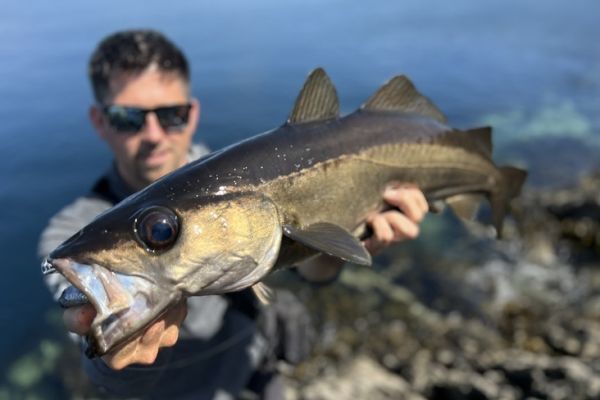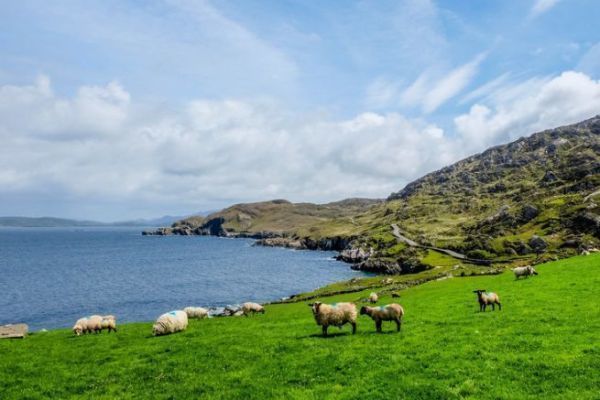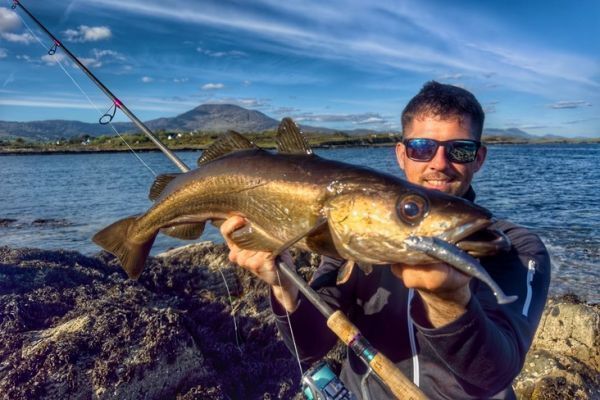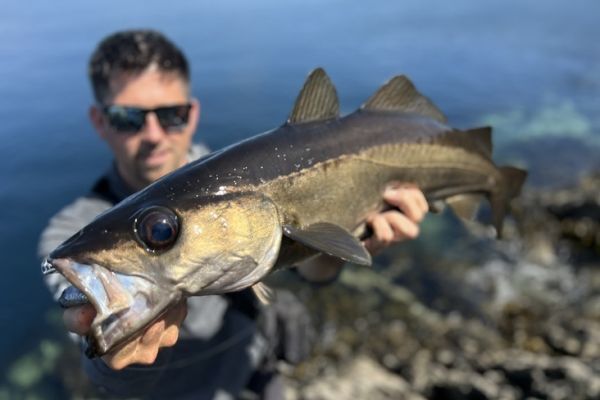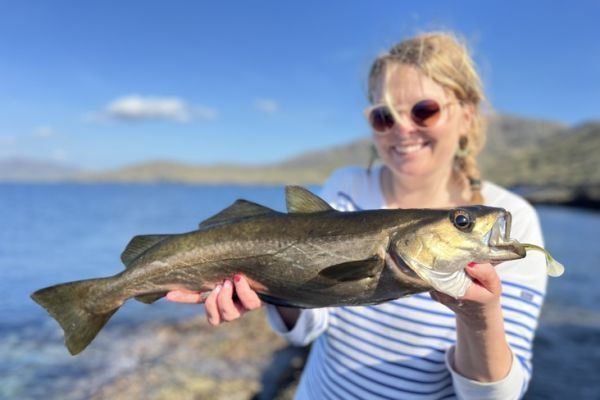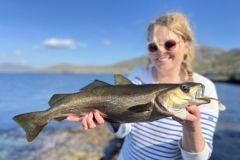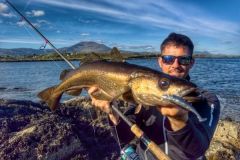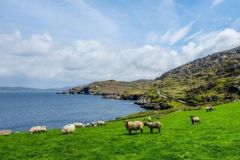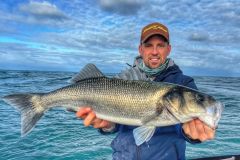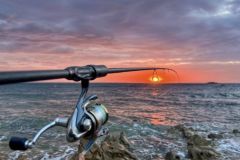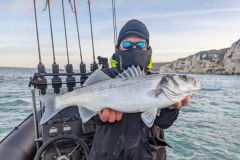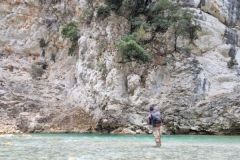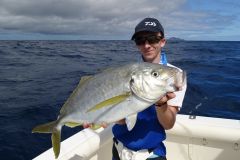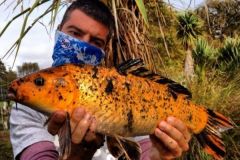It's no legend: Ireland is a country with a remarkable wealth of fish. As far as sea fishing is concerned, and in particular pollack fishing, which I targeted for two weeks, it has to be said that the density is exceptional. Dozens of fish can be caught from the shore in a single day, some reaching impressive sizes.
Why such a dense yellow spot?
The first thing you notice when sea-fishing in Ireland is the density of pollack. This species, which tends to be rare on the French coast where the average size is much lower, is very present along the Irish coastline.
The configuration of this coastline is one of the first explanations. From the shore, it is possible to fish areas sometimes reaching 25 to 30 meters in depth. These large drop-offs are the favorite spots for the pollack.
You'll also notice the presence of kelp. These long brown algae, which can spread over very large areas, are the favorite shelter of the pollack. They shelter there, watching out for prey passing within their field of vision.

More generally, Irish waters are renowned for their abundance of fish. The latitude, a little higher than ours, offers a somewhat lower water temperature. And it's no secret that pollack like cool waters. That's why, on our coast, they become scarce as soon as the temperature rises during the summer, before returning to the coastal plateaus at the start of winter.
How do you locate the best areas for pollock fishing?
As everywhere, not all regions are created equal, and it was in County Kerry that I set my sights on the yellow spot. The region's mountainous configuration suggests an underwater landscape as rugged as its terrestrial counterparts.

Knowing the habits of this species, it is advisable to look for deep areas, where the drop-offs are significant, which offer a sufficient quantity of food and, ideally, are composed of kelp.
My research begins with a close look at the local nautical charts, on which I search for deep-sea areas accessible from the shore. Just look for places where the 15 to 30-metre sounding lines pass close to the shore.
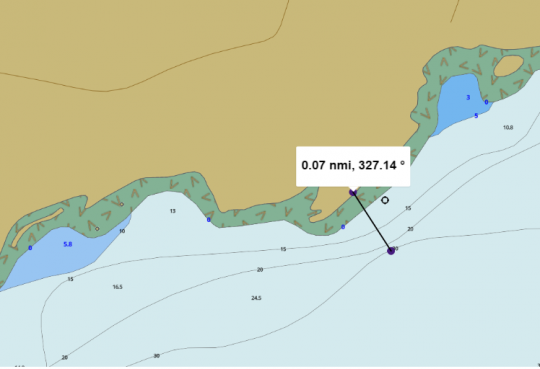
Several online sites are available, i share with you the one I use freely accessible without subscription.
In the attached image, a 30-metre sounding line can be seen some 100 metres from the shore. This configuration suggests the presence of a strong drop-off which is probably home to some pretty yellows.
The choice of area will depend on the season and local weather conditions. During the two weeks I spent there, I was lucky enough to have summer weather with very bright light and calm seas, which favored the search for deep spots.
On the other hand, in rougher conditions and darker weather, you can concentrate on shallower areas.
When swell is present on the coast, fish leave their shelters to feed in shallower areas.
Difficult access to fishing spots
Finding a spot on a map is one thing, getting there is quite another. And getting there is often no picnic. The configuration of the coastline, with its cliffs and steep areas, makes the task considerably more difficult.
Before you get there, take a look at a satellite view to see whether or not this fishing area is accessible.

I've found that once you're there, access is simply impossible, and you may have to walk several hundred meters to reach the desired position.
On the other hand, if you meet all the criteria, i.e. deep, rich in kelp and accessible without taking risks, you're bound to be in for a pleasant surprise.


 /
/ 